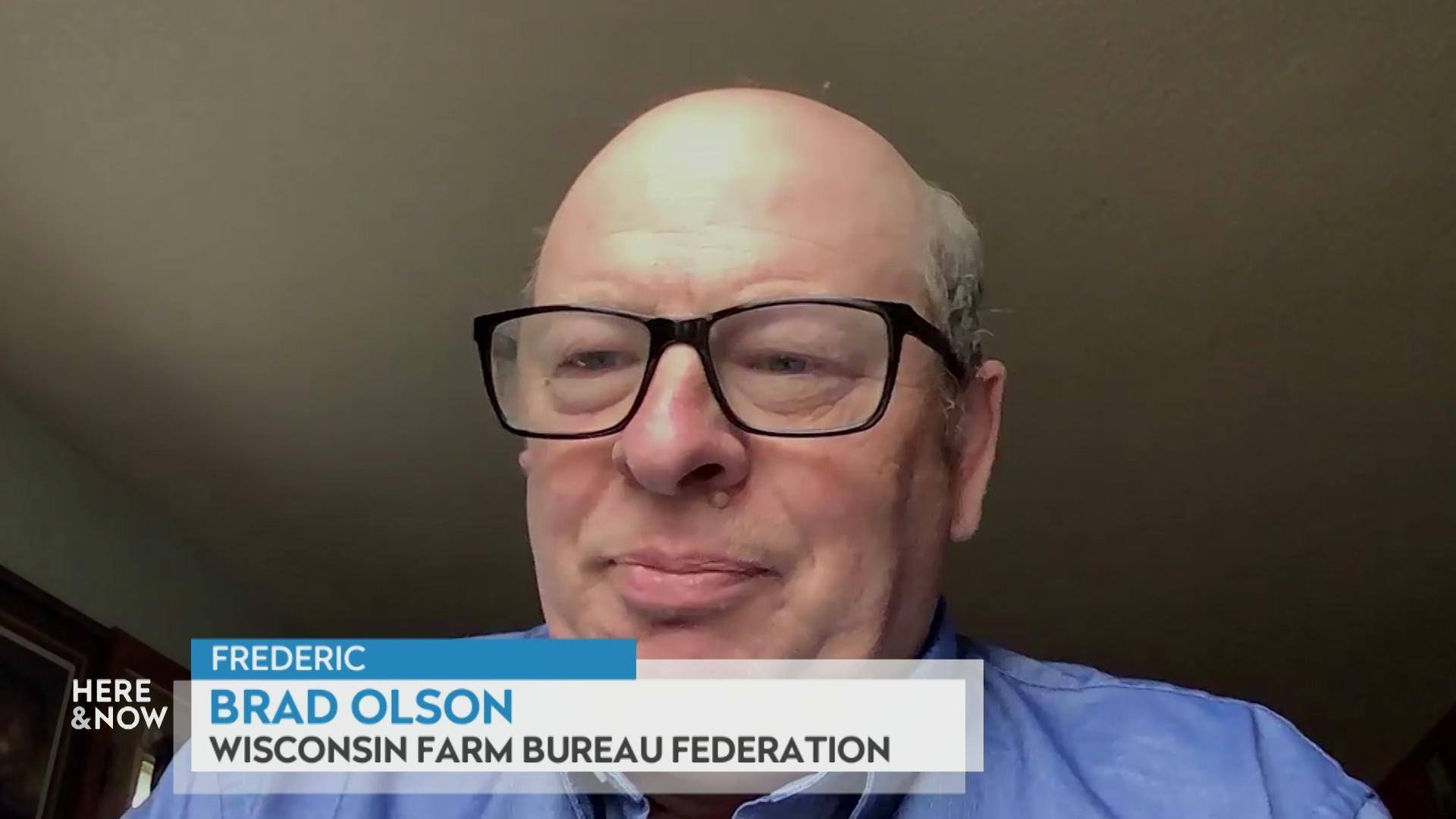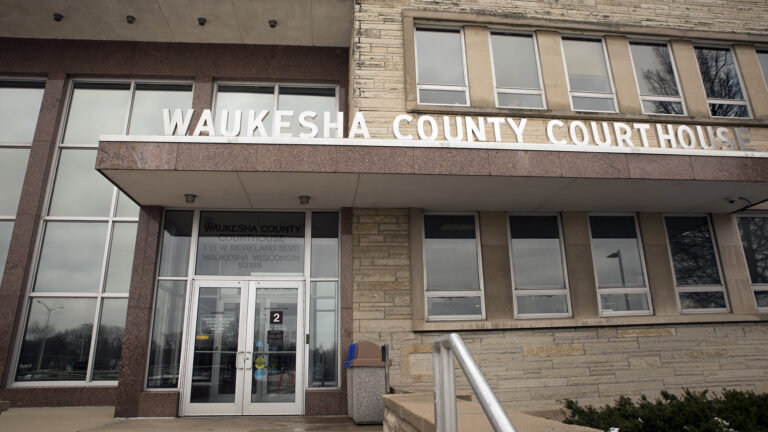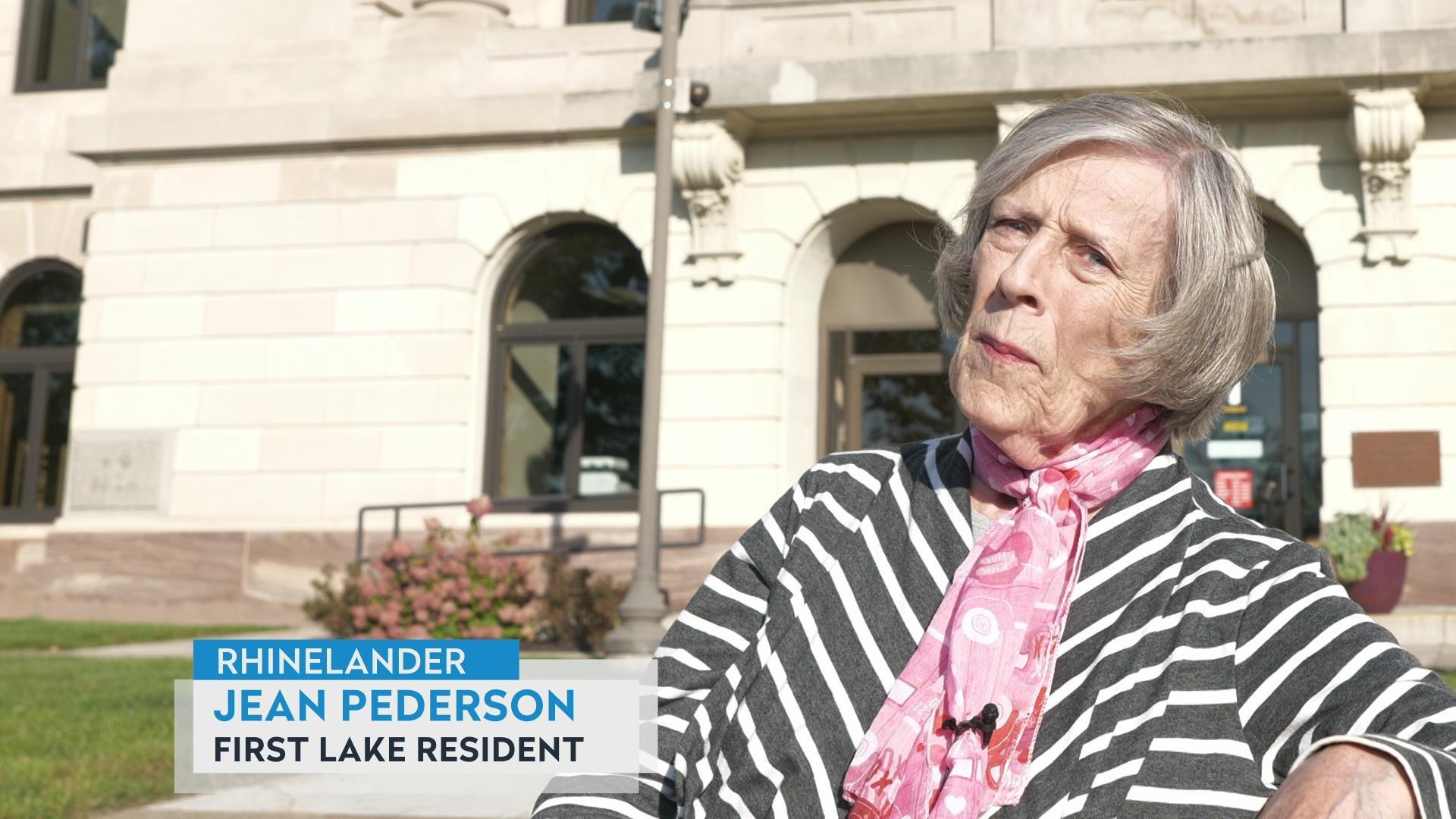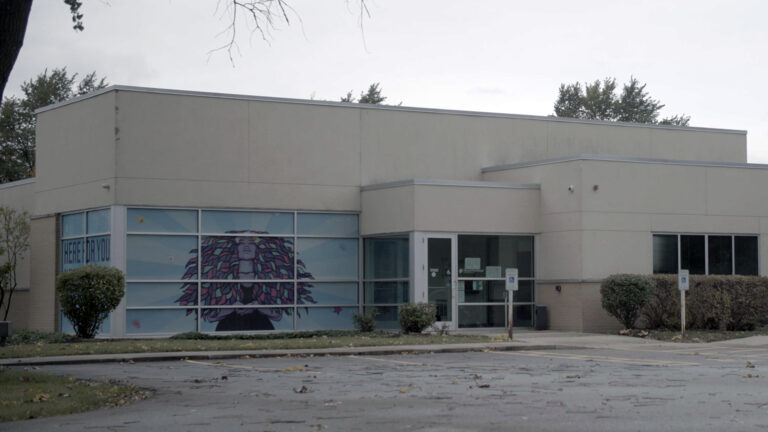Zac Schultz:
The federal government shutdown came the very day the healthcare marketplace opened for online enrollment. Accessing and signing up for insurance policies through the Healthcare.gov website represents a major prong of the Affordable Care Act. The process was not without glitches. The website crashed and slowed to a crawl as it went live on Tuesday.
In the midst of this, Frederica Freyberg traveled to Chicago to interview Kathleen Falk, the newly appointed Regional Director of the U.S. Department of Health and Human Services. You may remember Falk most recently ran in the democratic primary during the governor’s recall election. Now, at the epicenter of the Affordable Care Act marketplace launch, we asked director Falk the status at the week’s end.
Kathleen Falk:
It’s been incredibly historic and overwhelming, given the number of people who are hungry and have been waiting for this chance to buy affordable healthcare. Just in the first two days of the marketplace being opened, there were seven million people that accessed the healthcare.gov web site. Seven million people across the country. It just shows you the enthusiasm out there for people who access this.
Frederica Freyberg:
And would those numbers be responsible, in your mind, for the web site being delayed or crashing?
Kathleen Falk:
Yes. Yes. You know, there was such an overwhelmingly positive response by citizens that we have now been building capacity ever since that very first morning. So now the wait is much smaller than it was that very first day, and it will keep building capacity so that everybody can get served. But, you know, this week was just the first week. There’s six months for people to enroll, so there’s still plenty of time.
Frederica Freyberg:
How have the furloughs in the government shut down, affected, what staff might be able to do to kind of get those kinks out of the system?
Kathleen Falk:
Well, as you can see, my office is real slim. I’m here. I’m not furloughed. And the technical people that are helping build the capacity in this system are not furloughed, so they have been working around the clock. I gotta tell you they’ve been working really hard to make sure that we can meet this incredible demand of the public.
Frederica Freyberg:
And is it the expectation, presumably, that this will be up and seamless shortly?
Kathleen Falk:
Yes. And in fact there’s many options right now. Right now, the website has already been adjusted so you can get in a wait line, so to speak, and then you should stay in that wait line to get served. You can also call the toll free hot line 24 hours a day, seven days a week, 150 languages, and hoping you might be able to scroll that across the screen. You can also do a live web chat with another human being on the other end of your web chat. And you can also go to local assistants, real live people in communities, you know, all across Wisconsin to talk to somebody and have them help you walk through the application process.
Frederica Freyberg:
National polls leading up to the launch in earnest of the Affordable Care Act suggest that many Americans are confused by this law, and many aren’t even aware of this marketplace. So we want to know kind of what explains this lack of literacy on the Affordable Care Act.
Kathleen Falk:
Well, you know, there’s been all kinds of milestones for the Affordable Care Act since it was passed into law and signed by the president three years ago. You know, before this week came, we already saw the benefit of so many of the Affordable Care Act benefits, such as young people, up and to the age of 26, being able to stay on our parents’ health insurance policy. All that new and existing before October 1, because of the Affordable Care Act. And so now, October 1 came and there’s a whole new chapter and milestone so people uninsured can get insurance. But what one of the things we’re seeing is many of the predictions, you know, have not borne out as some of the naysayers were talking about. We have seen the rates come in lower than what was predicted. And we have seen seven million people in just a 48-hour period want to access this website. So there’s a hunger and an appetite there. But more education to follow, and that will all happen over the next six months so people have a chance to enroll.
Frederica Freyberg:
While we have you here, for those who might still be confused about this, if you could give us just a really brief kind of thumbnail about what it is about this law that people should know.
Kathleen Falk:
As of now, for the first time in our nation’s history, you can go to one simple place, a website, and shop for affordable health insurance. Comparing apples to apples and choosing what you want for yourself or for your family and you make the decision of what to purchase. You then can find out if you are eligible for tax credits or cost sharing, and for six out of ten Americans, this website will provide insurance that is less than or equal to $100 a month for themselves or families. So it is an incredible opportunity.
Frederica Freyberg:
Is there a group, a demographic, that might be considered most important to avail themselves to enroll to take part in this marketplace, to make the whole Affordable Care Act work?
Kathleen Falk:
There are many key groups for whom have traditionally been uninsured. Those who cannot financially afford insurance, those who are small business owners who have worried about the stress of their employees not having insurance, and now can shop for affordable healthcare for their employees, through the marketplace. Young people, age 19 to 34, who have traditionally thought they were invincible, but we know, as moms and dads, aren’t, and want our kids to be protected, so there is a number of categories like that. But perhaps even the best news coming up for the Affordable Care Act, for citizens who already have insurance, is that starting in January, you know, you will no longer be discriminated based on your gender, because women have traditionally paid more for insurance, or because you have an existing medical condition, diabetes or cancer. And so for those millions of people who have had trouble buying affordable healthcare in the past, the future should be brighter.
Frederica Freyberg:
Now, there’s a lot of concern on the part of those people who were formerly insured under BadgerCare, that they’ll be able to actually afford this insurance in the marketplace and get the kind of coverage that they’re accustomed to, so what can you tell them?
Kathleen Falk:
To get assistance if they need it to access the website, go with the website, and then put in your financial data to see if you are eligible for, again, tax credits or cost-sharing to help pay the deductibles, to help pay those co-payments for drugs, et cetera.
Frederica Freyberg:
So they just need to do it. Of course, now, like everyone else who would be accessing this marketplace, and hope that they can , indeed, afford it given their income.
Kathleen Falk:
Yeah, and take advantage of the resources in the community to help them determine that and help them access, because it is a new experience, you know, for those who have been shut out of the marketplace, or never were in it, they’re not accustomed to shopping for insurance, so it’s a new process to learn, but there’s a toll free number. You can go online and chat with somebody online or you can get personal assistance in your community by people called navigators or counselors.
Frederica Freyberg:
All right. Kathleen Falk, thank you very much.
Kathleen Falk:
Thank you.
Search Episodes
News Stories from PBS Wisconsin
10/31/25
Evers signs bill that would allow certain candidates to remove their names from ballots in Wisconsin

Donate to sign up. Activate and sign in to Passport. It's that easy to help PBS Wisconsin serve your community through media that educates, inspires, and entertains.
Make your membership gift today
Only for new users: Activate Passport using your code or email address
Already a member?
Look up my account
Need some help? Go to FAQ or visit PBS Passport Help
Need help accessing PBS Wisconsin anywhere?

Online Access | Platform & Device Access | Cable or Satellite Access | Over-The-Air Access
Visit Access Guide
Need help accessing PBS Wisconsin anywhere?

Visit Our
Live TV Access Guide
Online AccessPlatform & Device Access
Cable or Satellite Access
Over-The-Air Access
Visit Access Guide
 Passport
Passport


















Follow Us